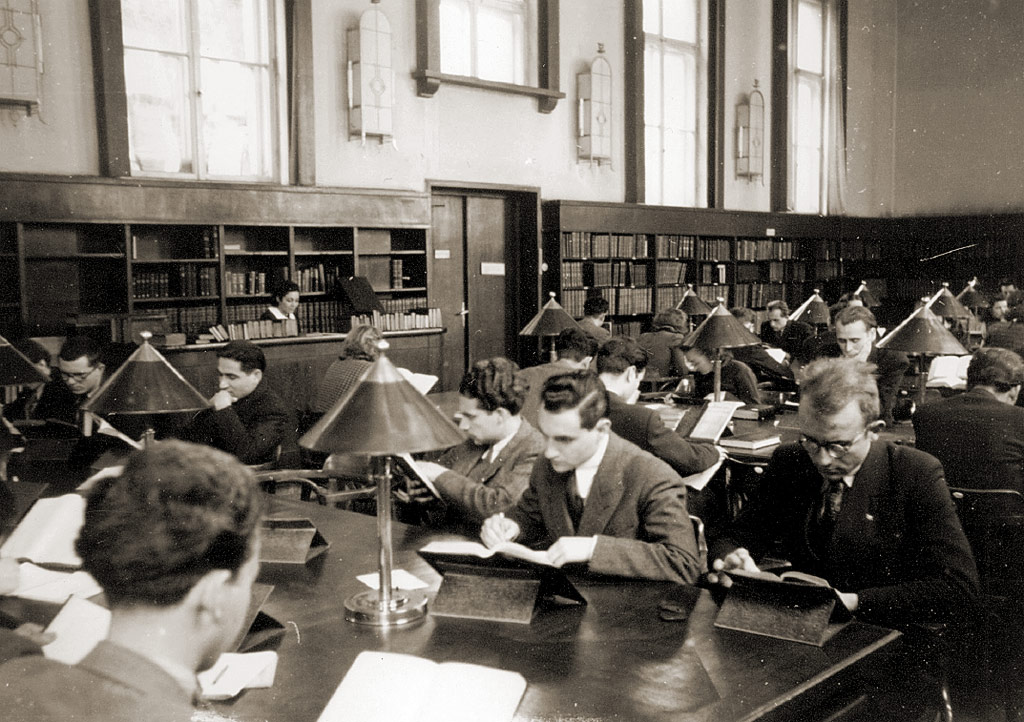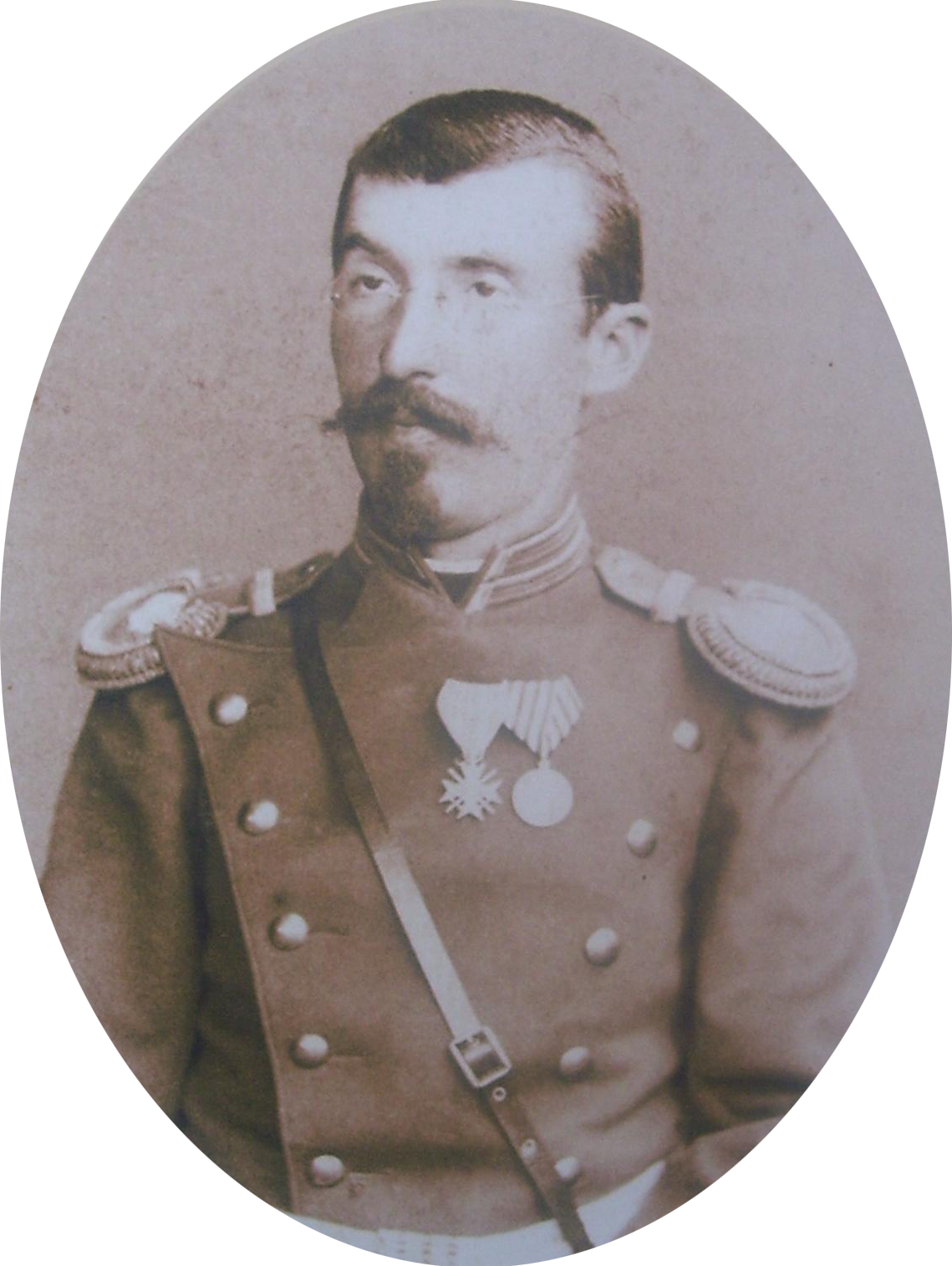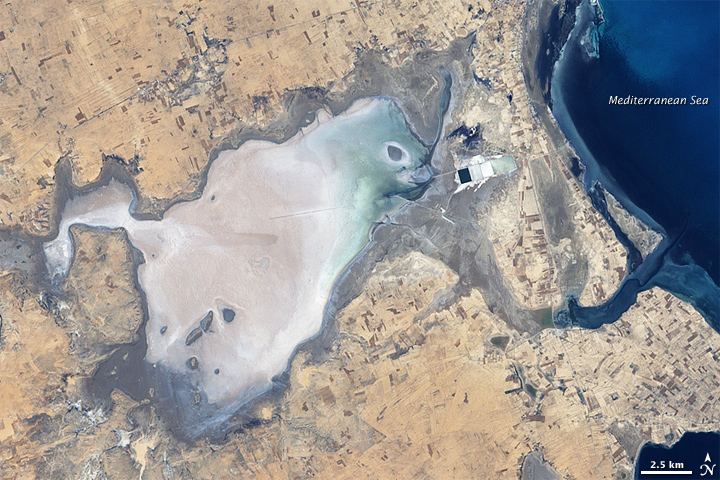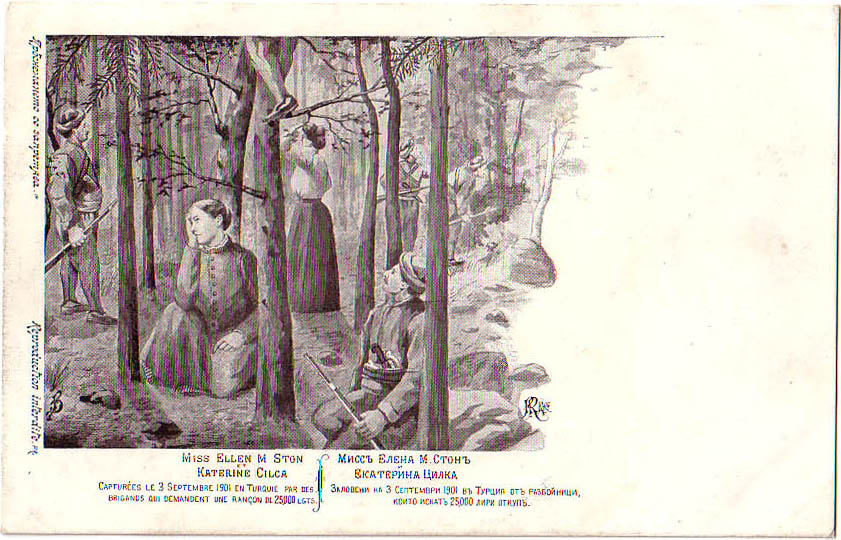|
Krǎstyo Asenov
Krastyo Hadzhipetrov Asenov, nicknamed Mechkata (the Bear), Ogneniot daskal (the Fiery Teacher) and Cherkeza (the Circassian), was a Bulgarian revolutionary figure active in the region of Macedonia, one of the voyvodas of the Internal Macedonian-Adrianople Revolutionary Organization (IMARO) for the Enidzhe Vardar region. He took part in the liberation struggles of the Macedonians at the beginning of the 20th century. Biography Krastyo Asenov was born in 1877 in Sliven. He was a nephew of the famous Bulgarian voyvoda Hadzhi Dimitar and a brother of the IMARO revolutionary Yordan Asenov. He graduated from the Bulgarian Men's High School of Varna and later from the Sofia University. Afterwards Asenov worked as a Bulgarian Exarchate teacher in Macedonia. Under the influence of Gotse Delchev, he joined the IMARO and the struggle for the liberation of Macedonia and Odrin from the Turkish yoke. When he was a teacher in the village of Leshko, Asenov met Yane Sandanski. He was o ... [...More Info...] [...Related Items...] OR: [Wikipedia] [Google] [Baidu] |
Adrianople Vilayet
The Vilayet of Adrianople or Vilayet of Edirne ( ota, ولايت ادرنه; ''Vilâyet-i Edirne'') was a first-level administrative division ( vilayet) of the Ottoman Empire. This vilayet was split between Turkey and Greece in 1923, culminating in the formation of Western and Eastern Thrace after World War I as part of the Treaty of Lausanne. A small portion of the Vilayet was given to Bulgaria in the Treaty of Bucharest (1913) after the Balkan wars. In the late 19th century it reportedly had an area of .Europe by Éliseé Reclus, page 152 In the east it bordered with the Istanbul Vilayet, the |
Sofia University
Sofia University, "St. Kliment Ohridski" at the University of Sofia, ( bg, Софийски университет „Св. Климент Охридски“, ''Sofijski universitet „Sv. Kliment Ohridski“'') is the oldest higher education institution in Bulgaria. Founded on 1 October 1888, the edifice of the university was constructed between 1924 and 1934 with the financial support of the brothers Evlogi Georgiev and Hristo Georgiev (whose sculptures are now featured on its façade) and has an area of 18,624 m2 and a total of 324 premises. The university has 16 faculties and three departments, where over 21,000 students receive their education. The current rector is Anastas Gerdzhikov. It has been consistently ranked as the top university in Bulgaria according to national and international rankings, being constantly among the best four percent of world universities according to ''QS World University Rankings''. History The university was founded on 1 October 1888� ... [...More Info...] [...Related Items...] OR: [Wikipedia] [Google] [Baidu] |
Kilkis
Kilkis ( el, Κιλκίς) is a city in Central Macedonia, Greece. As of 2011 there were 22,914 people living in the city proper, 28,745 people living in the municipal unit, and 51,926 in the municipality of Kilkis. It is also the capital city of the regional unit of Kilkis. The area of Kilkis, during the 20th century, became several times a war theatre; during the Macedonian Struggle, the Balkan Wars, WWI, WWII, the Greek Resistance and the Greek civil war. Name Kilkis is located in a region that was multi-ethnic in the recent past and is known by several different names. The name of the city in Roman times was Callicum. In the early Byzantine times was called Kallikon, and was also known as Kalkis or Kilkis by the Greeks. In Bulgarian and Macedonian, it is known as Kukush (Кукуш). In a Greek church Codеx of 1732 it is mentioned as ''Kilkisi'' (), while in a Slavic church Codеx from 1741 it is mentioned as ''Kukush'' (Кукуш, Кукоуш). It was called by the ... [...More Info...] [...Related Items...] OR: [Wikipedia] [Google] [Baidu] |
Struma River
The Struma or Strymónas ( bg, Струма ; el, Στρυμόνας ; tr, (Struma) Karasu , 'black water') is a river in Bulgaria and Greece. Its ancient name was Strymṓn (Greek: Στρυμών ). Its drainage area is , of which in Bulgaria, in Greece and the remaining in North Macedonia and Serbia. It takes its source from the Vitosha Mountain in Bulgaria, runs first westward, then southward, forming a number of gorges, enters Greek territory at the Kula village. In Greece it is the main waterway feeding and exiting from Lake Kerkini, a significant centre for migratory wildfowl. The river flows into the Strymonian Gulf in Aegean Sea, near Amphipolis in the Serres regional unit. The river's length is (of which in Bulgaria, making it the country's fifth-longest and one of the longest rivers that run solely in the interior of the Balkans. Parts of the river valley belong to a Bulgarian (Pirin Macedonia) coal-producing area, more significant in the past than nowadays; t ... [...More Info...] [...Related Items...] OR: [Wikipedia] [Google] [Baidu] |
Toma Davidov
Toma Kostov Davidov (2 May 1863 - 15 March 1903) was a Bulgarian Army officer and participant in the Macedonian Revolutionary Movement, a vojvode of the Macedonian Supreme Committee, later becoming a commander in the Internal Macedonian Revolutionary Organization. Biography He was born in Lovech, then in the Ottoman Empire on 2 May 1863. He participated as a volunteer in the Serbo-Bulgarian War. Davidov graduated a military school in Sofia together with Gotse Delchev and Boris Sarafov. In the summer of 1895 Davidov participated in the Supreme Macedonian Committee chetas' action, which was organized by the Macedonian Supreme Committee. After this action, Davidov joined the Bulgarian Officers' Brotherhoods. At the VІ Macedonian Congress in 1899 he was elected a member of the leadership of the Supreme Macedonian Committee along with Boris Sarafov, Anton Bozukov, Slavcho Kovachev and Hristo Sarakinov. At the VІІ Macedonian Congress in Sofia in 1900 he was re-elected Vice-Presi ... [...More Info...] [...Related Items...] OR: [Wikipedia] [Google] [Baidu] |
Ivan Asenov
Ivan () is a Slavic male given name, connected with the variant of the Greek name (English: John) from Hebrew meaning 'God is gracious'. It is associated worldwide with Slavic countries. The earliest person known to bear the name was Bulgarian tsar Ivan Vladislav. It is very popular in Russia, Ukraine, Croatia, Serbia, Bosnia and Herzegovina, Slovenia, Bulgaria, Belarus, North Macedonia, and Montenegro and has also become more popular in Romance-speaking countries since the 20th century. Etymology Ivan is the common Slavic Latin spelling, while Cyrillic spelling is two-fold: in Bulgarian, Russian, Macedonian, Serbian and Montenegrin it is Иван, while in Belarusian and Ukrainian it is Іван. The Old Church Slavonic (or Old Cyrillic) spelling is . It is the Slavic relative of the Latin name , corresponding to English ''John''. This Slavic version of the name originates from New Testament Greek (''Iōánnēs'') rather than from the Latin . The Greek name is in tur ... [...More Info...] [...Related Items...] OR: [Wikipedia] [Google] [Baidu] |
Dimitar Asenov
Dimitar Nikolov Asenov ( bg, Димитър Николов Асенов ; 10 May 1840 – 10 August 1868), better known as Hadzhi Dimitar ( ), was one of the most prominent Bulgarian voivode and revolutionaries working for the Liberation of Bulgaria from Ottoman rule. Biography Early life Dimitar was born in Sliven (İslimiye), which was then part of the Ottoman Empire, to the family of the merchant Nikola Asenov and his wife Marinka Asenova. When he was two years old, his family went on a pilgrimage to Jerusalem, from which point onward, Dimitar was considered to be a hajji (хаджия).Although the term ''hajji'' suggests the pilgrimage of a Muslim person to Mecca, it was also widely used by Christians in the Ottoman Empire to refer to a Christian who has completed a pilgrimage to Jerusalem. Its status as an honorific title remained unchanged. During Hadzhi Stavri's Uprising of 1862 Hadzhi Dimitar wandered through the Balkan Mountains with a band of revolutionaries for th ... [...More Info...] [...Related Items...] OR: [Wikipedia] [Google] [Baidu] |
Sabka Asenova
A sabkha ( ar, سبخة) is a coastal, supratidal mudflat or sandflat in which evaporite-saline minerals accumulate as the result of semiarid to arid climate. Sabkhas are gradational between land and intertidal zone within restricted coastal plains just above normal high-tide level. Within a sabkha, evaporite-saline minerals sediments typically accumulate below the surface of mudflats or sandflats. Evaporite-saline minerals, tidal-flood, and aeolian deposits characterize many sabkhas found along modern coastlines. The accepted type locality for a sabkha is at the southern coast of the Persian Gulf, in the United Arab Emirates.Neuendorf, K.K.E., J.P. Mehl, Jr., and J.A. Jackson, eds. (2005) ''Glossary of Geology'' (5th ed.). Alexandria, Virginia, American Geological Institute. 779 pp. Tucker, M.E. and Wright, V.P., 2009. ''Carbonate sedimentology.'' John Wiley & Sons. and Warren, J.K., 2006. Evaporites: sediments, resources and hydrocarbons. Springer Science & Business Media.Wa ... [...More Info...] [...Related Items...] OR: [Wikipedia] [Google] [Baidu] |
Miss Stone Affair
The Miss Stone Affair ( bg, Афера „Мис Стоун“, mk, „Афера Мис Стон“) was the kidnapping of American Protestant missionary Ellen Maria Stone and her pregnant Bulgarian fellow missionary and friend Katerina Cilka by the pro-Bulgarian Internal Macedonian Revolutionary Organization.''On 21 August 1901, Ellen Stone, an American Protestant missionary based in Salonika, and her Bulgarian colleague Katerina Stefanova, who was the wife of the Albanian pastor Grigor Cilka, were kidnapped by the cheta of Yane Sandanski between Bansko and Gorna Dzhumaya (now Blagoevgrad, Bulgaria).'' For more see: Stone, Ellene (Kidnapping off); an article by Raymond Detrez (2014) in Historical Dictionary of Bulgaria, Edition 3; Rowman & Littlefield, 2014 p. 469, . History Background In 1901, one of the main problems facing the Internal Macedonian Revolutionary Organization was the lack of resources for armaments. This financial crisis was discussed at the meeting of t ... [...More Info...] [...Related Items...] OR: [Wikipedia] [Google] [Baidu] |
Yane Sandanski
Yane Ivanov Sandanski (, ) (originally spelled in older Bulgarian orthography ) (18 May 1872 – 22 April 1915), was a Macedonian Bulgarian revolutionary.Per Julian Allan Brooks' thesis the term ‘Macedo-Bulgarian’ refers to the Exarchist population in Macedonia which is alternatively called ‘Bulgarian’ and ‘Macedonian’ in the documents. For more see: Managing Macedonia: British Statecraft, Intervention and 'Proto-peacekeeping' in Ottoman Macedonia, 1902-1905. Department of History, Simon Fraser University, 2013, p. 18. The designation ‘Macedo-Bulgarian’ is used also by M. Şükrü Hanioğlu and Ryan Gingeras. See: M. Şükrü Hanioğlu, Preparation for a Revolution: The Young Turks, 1902-1908 (Oxford: Oxford University Press, 2001), 244; Ryan Gingeras, “A Break in the Storm: Reconsidering Sectarian, Violence in Ottoman Macedonia During the Young Turk Revolution” The MIT Electronic Journal of Middle East Studies 3 (Spring 2003): 1. Gingeras notes he uses the hyp ... [...More Info...] [...Related Items...] OR: [Wikipedia] [Google] [Baidu] |
Leshko
Leshko is a mountainous village in Blagoevgrad Municipality, in Blagoevgrad Province, Bulgaria Bulgaria (; bg, България, Bǎlgariya), officially the Republic of Bulgaria,, ) is a country in Southeast Europe. It is situated on the eastern flank of the Balkans, and is bordered by Romania to the north, Serbia and North Macedo .... It is situated in the foothills of Vlahina mountain. References Villages in Blagoevgrad Province {{Blagoevgrad-geo-stub ... [...More Info...] [...Related Items...] OR: [Wikipedia] [Google] [Baidu] |







